Why Cyprus is no longer just a place to live, but a place to think, invest and stay
Cyprus’ property market has entered 2025 with renewed confidence and a sense of maturity. What began as a post-pandemic recovery has evolved into a steady, data-driven expansion fuelled by foreign investment, a strong domestic base and a growing reputation as one of the Mediterranean’s most desirable business and lifestyle destinations.
According to official figures, 8,729 sale contracts were filed in the first half of the year, a 16 per cent increase on 2024, with total transactions estimated at €2.3 billion.
Updated data show that by the end of September 2025, total contracts of sale had reached 13,173, representing a 13 per cent annual rise compared with 2024.
In September alone, 1,289 contracts were deposited, up 15 per cent year-on-year, with 888 domestic and 596 foreign-buyer agreements, reflecting the market’s balanced composition.
The Central Bank of Cyprus (CBC) reports that the House Price Index climbed 4.7 per cent year-on-year in the second quarter, while Cyprus Statistical Service (Cystat) put the official index at 113.99 units, up 1 per cent on the year.
New housing loans in Q2 2025 totalled €353.5 million, an annual rise of more than 22 per cent, and the value of the top 100 transactions for July–August reached €201.4 million.
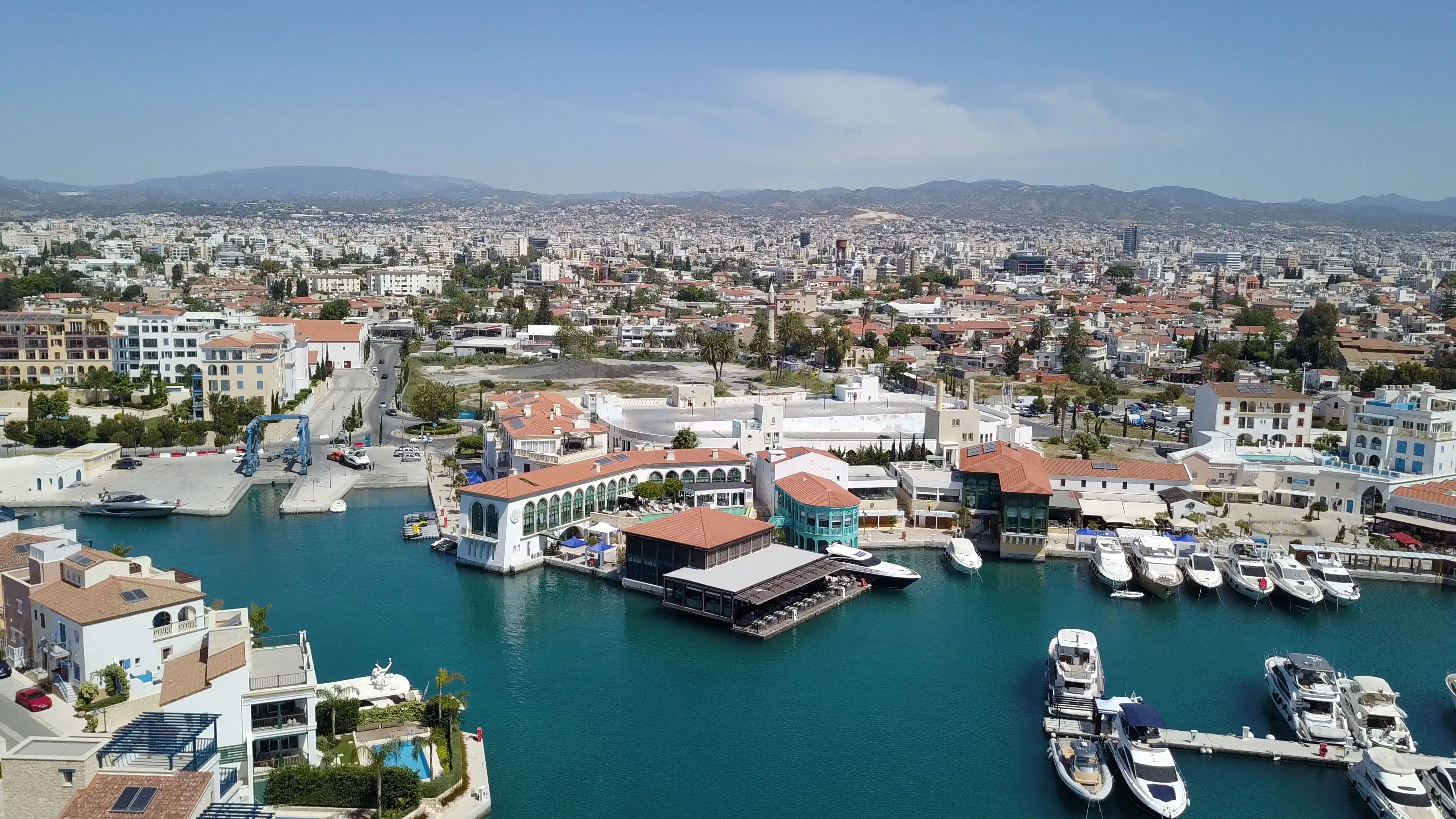
Limassol remains the market’s heartbeat
Apartments now average around €3,100 per square metre, with prime coastal projects commanding well above €4,000 per square metre. Houses are typically priced near €557,000, sustained by branded residences and mixed-use developments that continue to reshape the skyline.
The city’s cosmopolitan character, home to major shipping firms, fintechs and family offices, keeps both the rental and resale markets active.
Asking rents in September 2025 averaged about €1,651 for one-bedroom apartments, €2,574 for two-bedroom units, €3,812 for three-bedroom homes, €7,224 for four-bedroom properties and €7,750 for five-bedroom apartments, making Limassol one of the Mediterranean’s most expensive coastal markets.
The capital, Nicosia, offers a steadier rhythm
Apartments cost roughly €1,800 per square metre, while houses average €314,500, a level that continues to attract professionals and families.
Yields near 4.8 per cent reflect a market less speculative yet quietly rewarding. Average apartment rents now range between €1,070 and €1,800 per month, depending on size.
The capital’s expanding business quarter, strong university network and new digital-service hubs have also reinforced its role as a residential centre for Cyprus’ knowledge economy.
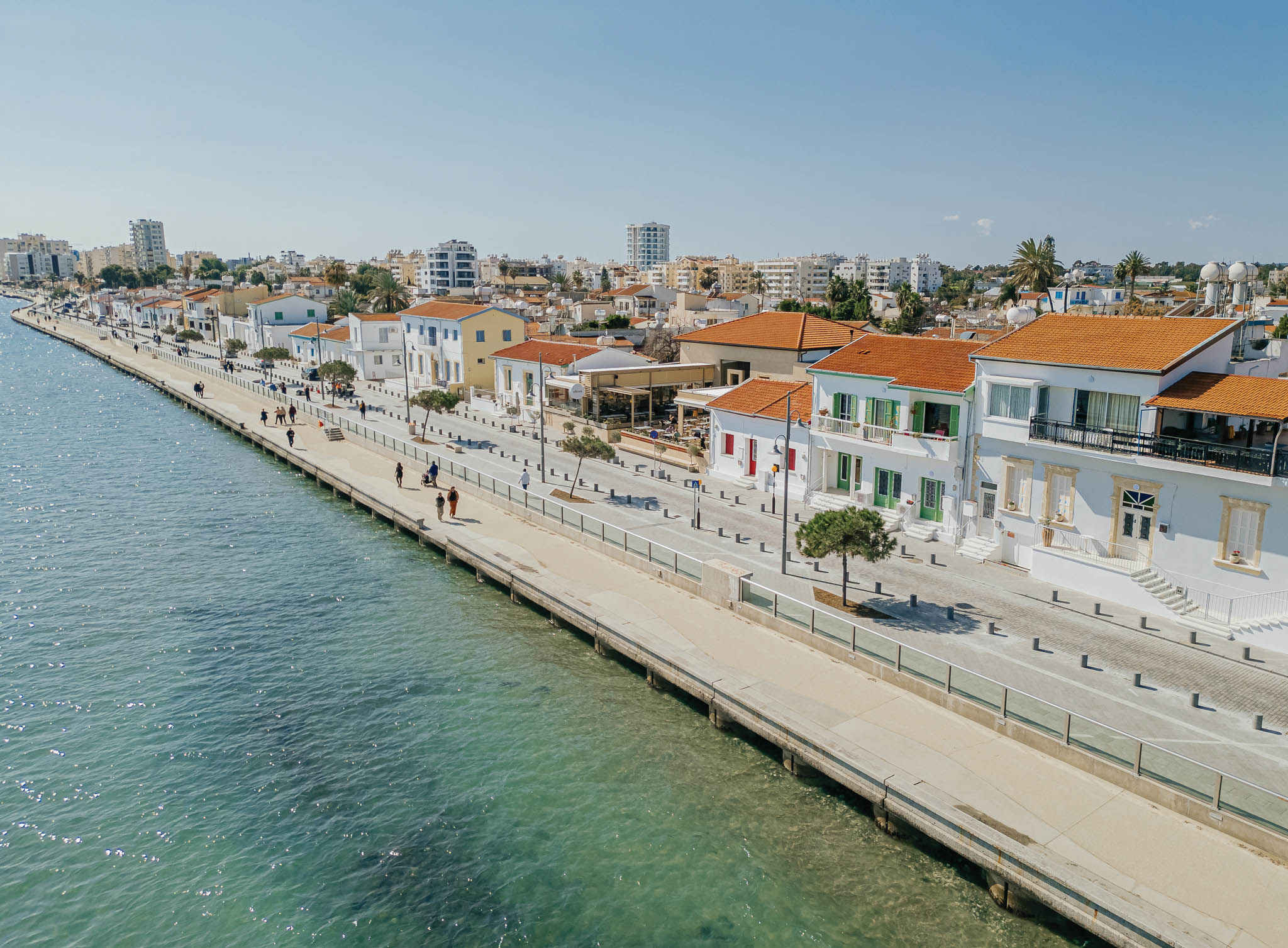
Larnaca has emerged as one of 2025’s biggest success stories.
The state-led redevelopment of the port and marina, with dredging scheduled to conclude by December 2025, has sparked confidence and pushed prices higher.
The city also benefits from being home to Cyprus’ main international airport, a key gateway for tourism, business travel and foreign investors, giving it a strategic advantage over other districts.
The deputy tourism ministry and the transport, communications and works ministry describe the Larnaca Marina and Port project as a catalyst for sustainable coastal transformation.
Apartments are currently priced around €1,900 per square metre, with monthly rents between €1,000 and €1,500, making Larnaca the most affordable major city for tenants.
In Paphos, the market remains consistent, and lifestyle driven
Apartments average €2,400 per square metre, while houses approach €590,000, with a steady mix of local and foreign demand.
The presence of Paphos International Airport, offering direct year-round connections to major European cities, continues to attract retirees, remote professionals and frequent travellers seeking convenience and comfort.
Apartment rent typically range from €1,200 to €1,900 per month, supported by this steady inflow of long-term residents and digital workers choosing the district for its accessibility and quality of life.
Even Famagusta, long a niche market, has seen renewed interest, with sales, both local and foreign, up 33 per cent year-on-year.
Behind these numbers lies a structural shift in who is buying, and why.
Cyprus’ evolving migration and employment framework has brought a new demographic of residents.
The Digital Nomad Visa, limited to 500 permits, remains fully subscribed, while the EU Blue Card has opened the door for highly skilled professionals from non-EU countries to live and work on the island under streamlined procedures.
Both schemes, together with low corporate tax and double-tax treaties, have strengthened the island’s reputation as a regional base for tech, shipping, financial-services and creative industries.
Corporate relocations have played an equally important role. Companies from Greece, Israel, Ukraine and Lebanon, as well as European fund-management and digital-asset firms, have moved headquarters or key staff to Limassol and Nicosia, creating steady housing demand and higher rental absorption.
Many executives, drawn by Cyprus’ combination of business accessibility, EU membership and personal safety, are choosing to settle permanently, further blending residential and investment demand.
Government initiatives continue to encourage this trend. The updated Business Facilitation Unit, together with simplified residence-by-employment rules and the new digital-nomad renewal framework, has made relocation more predictable.
Meanwhile, municipalities are improving infrastructure, from smart-city systems in Nicosia to new coastal promenades in Limassol and Paphos, that support long-term urban value.
At the same time, affordability and sustainability have moved to the forefront. Developers are integrating solar panels, heat-pump systems and energy-rating certifications into new projects, while the Cyprus Land Development Corporation (Koag) continues to expand affordable-housing schemes for first-time buyers.
Although construction costs remain high, inflation has stabilised and financing terms are gradually easing, allowing both developers and households to plan with greater certainty.
The wider economy adds to this picture of stability. According to Cystat, real GDP grew 3.9 per cent in 2024, with nominal GDP reaching €34.77 billion, up 7.2 per cent year-on-year.
For 2025, the CBC projects 3.1 per cent growth, while the European Commission foresees around 3 per cent and the IMF expects 2.5 per cent.
At market prices, GDP is set to reach €35.6–36 billion in 2025. GDP per inhabitant stands at about €37,100, just below the EU average of €38,100 PPS.
This steady economic expansion, supported by information and communication, hospitality and construction, underpins the island’s real-estate resilience.
Rising incomes, low unemployment and ongoing reforms in housing, taxation and digitalisation are strengthening both domestic demand and foreign investment, ensuring that market growth rests on solid fundamentals rather than speculation.
Analysts expect moderate but sustained growth. Limited new supply, strong domestic fundamentals and consistent foreign inflows point to further appreciation through 2026.
Rents are likely to remain firm, supported by corporate tenants, relocated professionals and long-term residents. Ongoing projects, from Limassol’s waterfront to Larnaca’s port, Paphos’ coastal road and the new Larnaca–Nicosia highway, will continue to enhance connectivity and value.
Cyprus’ attraction, however, is about more than numbers. It lies in its rhythm. A Mediterranean climate, safety, community and ease of doing business that few destinations match. For investors and residents alike, it offers a rare mix of yield, lifestyle and long-term security.
As 2025 unfolds, the island’s real-estate sector stands as a mirror of its broader economy, diversifying, modernising and growing with quiet confidence.
The outlook into 2026 and beyond remains positive: a market sustained not by speculation, but by stability, investment and the steady belief that Cyprus knows exactly where it is going.
Beyond 2026, Cyprus is expected to enter a new phase shaped by sustainability and innovation. Increasing numbers of foreign buyers now come from Central and Eastern Europe, the Middle East and Asia, regions seeking stable EU jurisdictions with reliable legal frameworks.
The shift toward climate-resilient urban planning, including low-energy construction and flood-management infrastructure, is gradually redefining the character of new developments.
Residency and lifestyle incentives continue to reinforce demand. Permanent-residency permits for property owners, combined with access to the European labour market via the EU Blue Card, make Cyprus one of the few EU states where relocation, ownership and professional mobility align seamlessly.
The island’s English-language education network, international schools and universities further enhance its appeal for families moving from abroad.
And as Cyprus prepares to assume the presidency of the Council of the European Union in the first half of 2026, for the second time, fourteen years after its first in 2012, attention is turning to infrastructure, connectivity and international visibility. Coordinated under the forthcoming Cyprus 2026 presidency portal, the presidency will centre on sustainability, competitiveness and connectivity, aligning with the country’s national priorities on digital transformation, tourism and maritime policy.
Preparations across ministries include major urban improvements, conference facilities and cultural projects designed to present Cyprus as a modern, efficient and environmentally conscious EU member state.
For the property market, the presidency represents more than prestige. It signals confidence. Hosting hundreds of meetings and high-level events will generate short-term demand for accommodation and hospitality, particularly in Nicosia, Limassol and Larnaca, while reinforcing investor perceptions of Cyprus as a stable, forward-looking economy.
The government’s emphasis on green building, smart mobility and sustainable tourism, all key elements of the Presidency’s agenda, is expected to drive further interest in eco-certified developments and energy-efficient housing.
Beyond its symbolic value, the Presidency offers Cyprus an opportunity to position itself as a bridge between Europe, the Middle East and Africa, a theme that resonates strongly with investors seeking access to multiple regions through a single European base.
It will also coincide with the rollout of several EU-funded programmes on digital infrastructure, affordable housing and renewable energy, creating momentum that could sustain both economic growth and real-estate investment well beyond 2026.

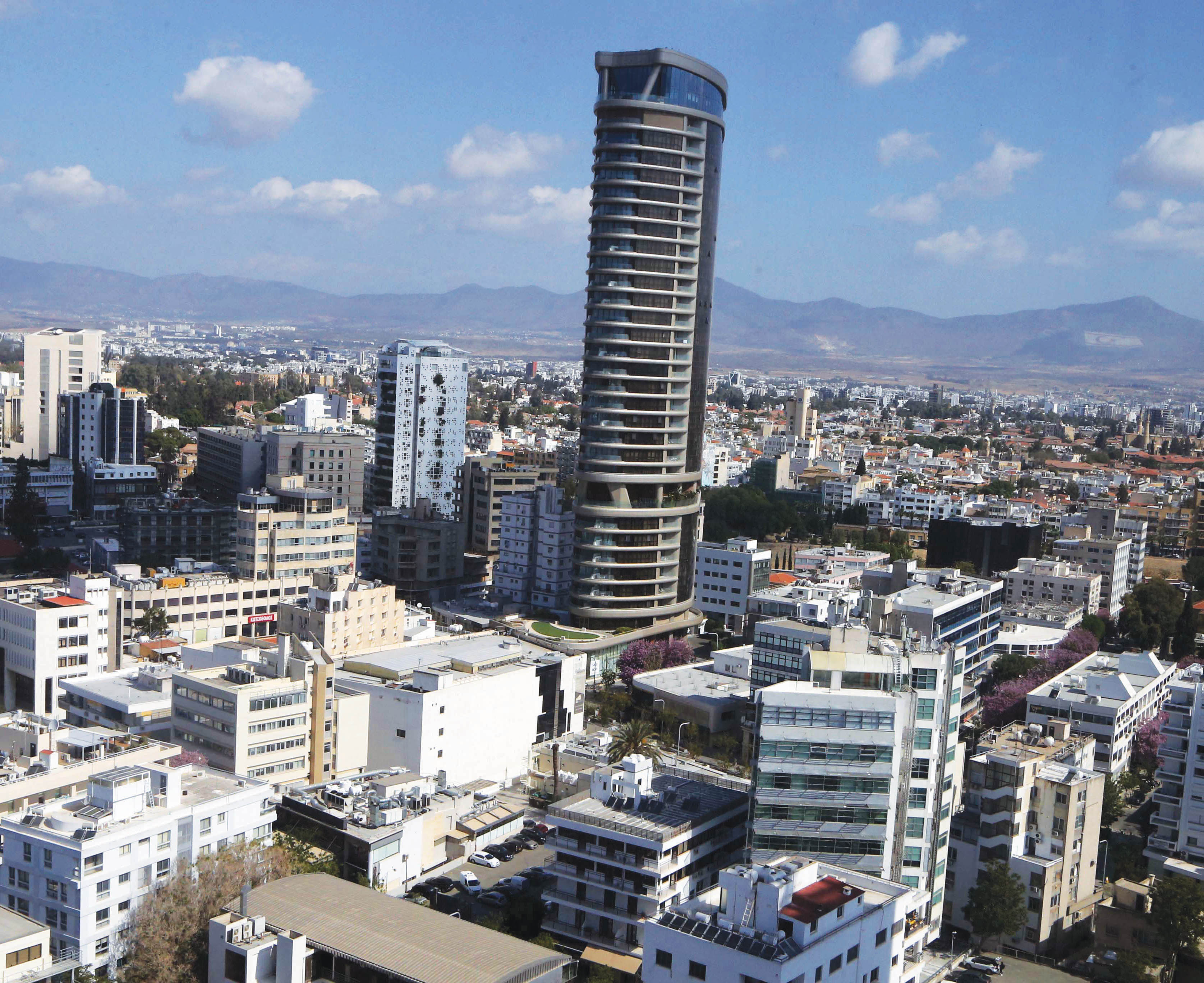

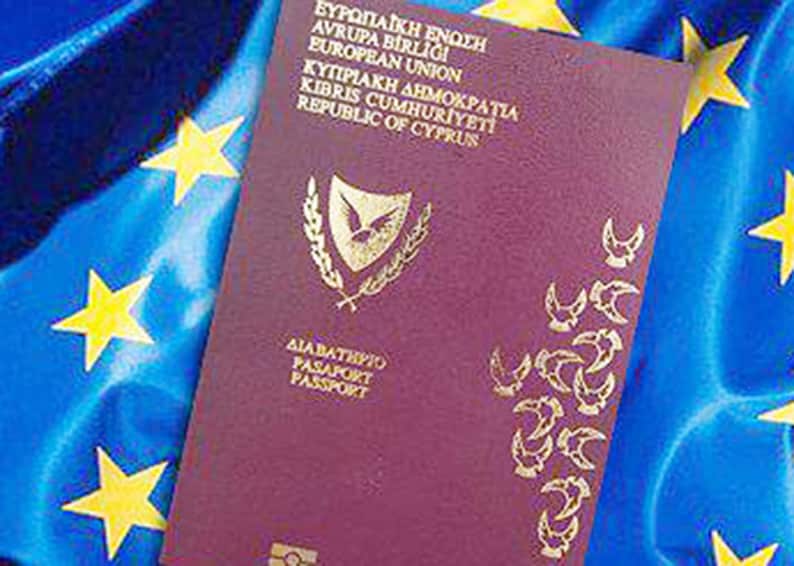
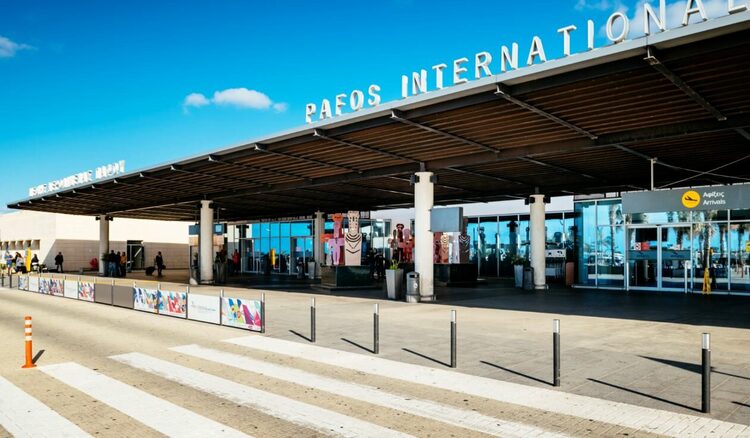

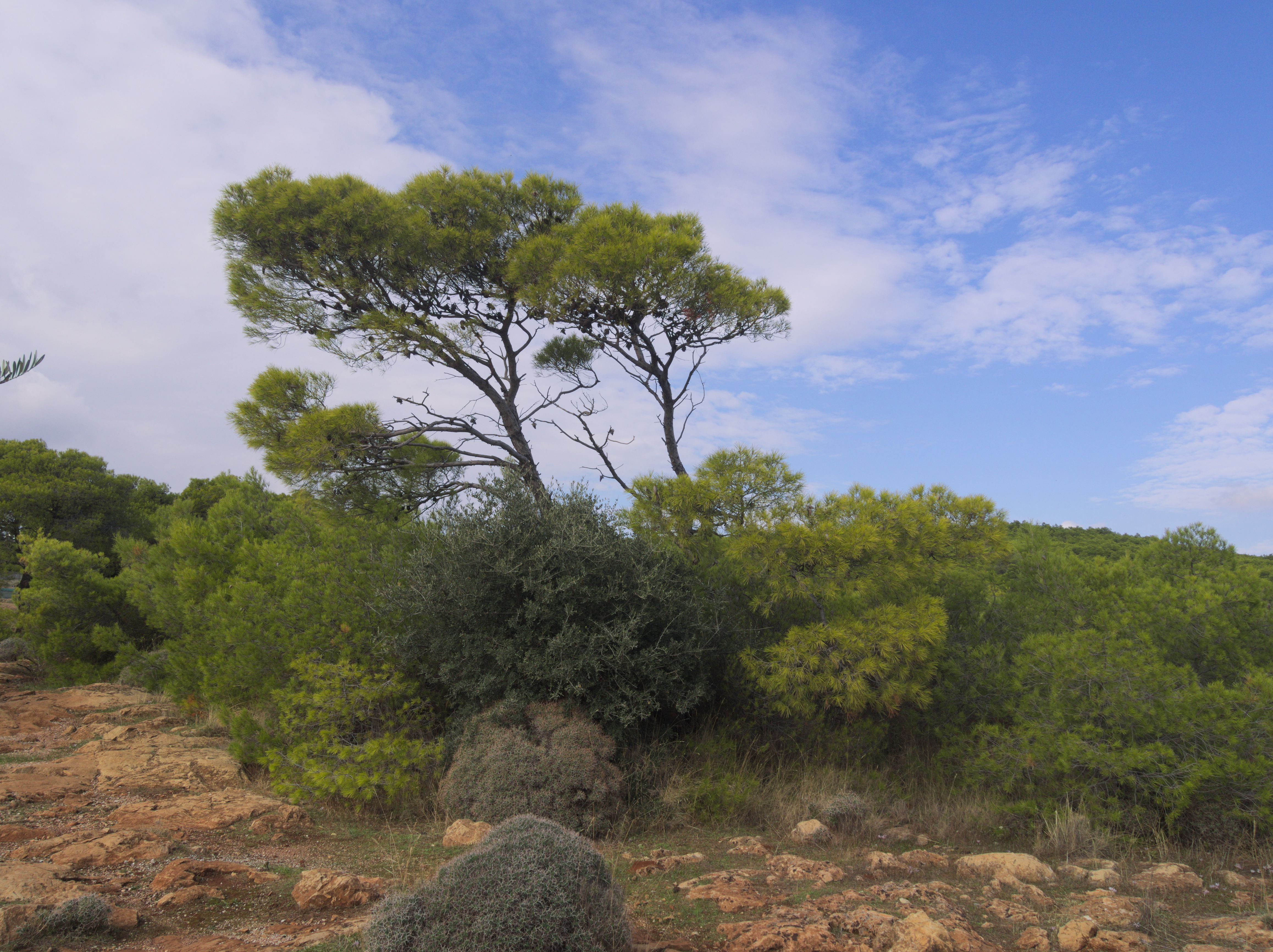
Click here to change your cookie preferences